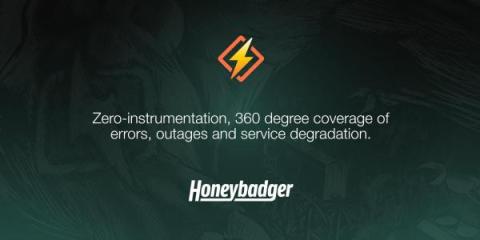Working with DynamoDB in Laravel
When building your Laravel applications, you may sometimes need to use a NoSQL database to store and retrieve data. One popular choice is Amazon DynamoDB, a fully managed, serverless, and highly scalable NoSQL database service provided by Amazon Web Services (AWS). In this article, we'll take a brief look at DynamoDB. We'll then delve into how to use DynamoDB as a cache store in Laravel, and how to store Laravel models in DynamoDB using the baopham/laravel-dynamodb package.


